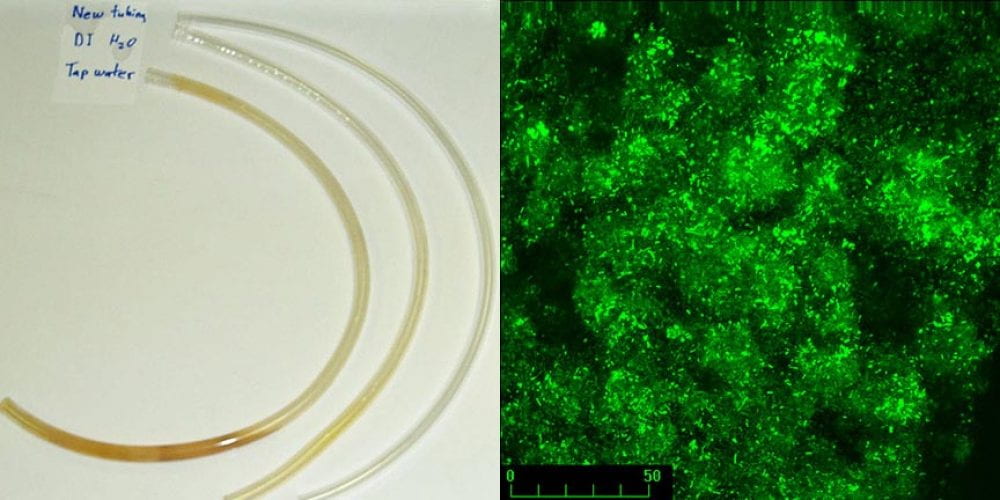Previous Courses
Microbial Physiology (Bio 4447 – undergrad) (Bio 7447 – graduate) Taught during the fall semester.
This course covers the physiology and diversity in Bacteria and Archaea, covering such topics as cell growth, metabolism, biofilm formation and stress responses. The labs in this course involve having students do an undergraduate research project in which they are introduced to modern microbiology research concepts including experimental design, planning, and data analysis.
Microbial Ecology (Bio 4446 – undergraduate) Taught during the spring semester
This course will illustrate the wide variety of bacteria in nature, their interactions with other organisms and environments, and their roles in global cycling of elements such as carbon, nitrogen, and sulfur in pristine and contaminated, terrestrial and aquatic habitats. The laboratories involve a semester-long undergraduate research project dealing with selected topics in aquatic or terrestrial microbiology. Here, students will be introduced to modern microbial ecology research concepts including experimental design, planning, and data analysis.
Microbiology (Bio 2400) Taught during fall and spring semesters from 1993-2010. This course is now taught by Dr. Kakirde.
Principles of microbiology, morphology, anatomy, physiology and taxonomy of representative groups of microorganisms including bacteria, archaea, and viruses. As well, there is a brief introduction to infectious diseases including host-defense and pathogen virulence. Laboratory methods stress studies of pure cultures, the use of laboratory apparatus in quantitative determinations and the detection and identification of microbial populations in the environment.
Pathogenic Microbiology (Bio 4445) Taught during the fall semesters from 1994-2012 (This course has been renamed as Medical Microbiology (Bio 4366 – lecture; Bio 4166 – lab) and is now taught by Dr. Kakirde and Dr. Kumar.
This course focuses on bacteria associated with diseases and covers topics related to virulence, transmission, and interactions with the immune system. As well we cover antimicrobial control through antibiotics and disinfectants and the onset of resistance.
